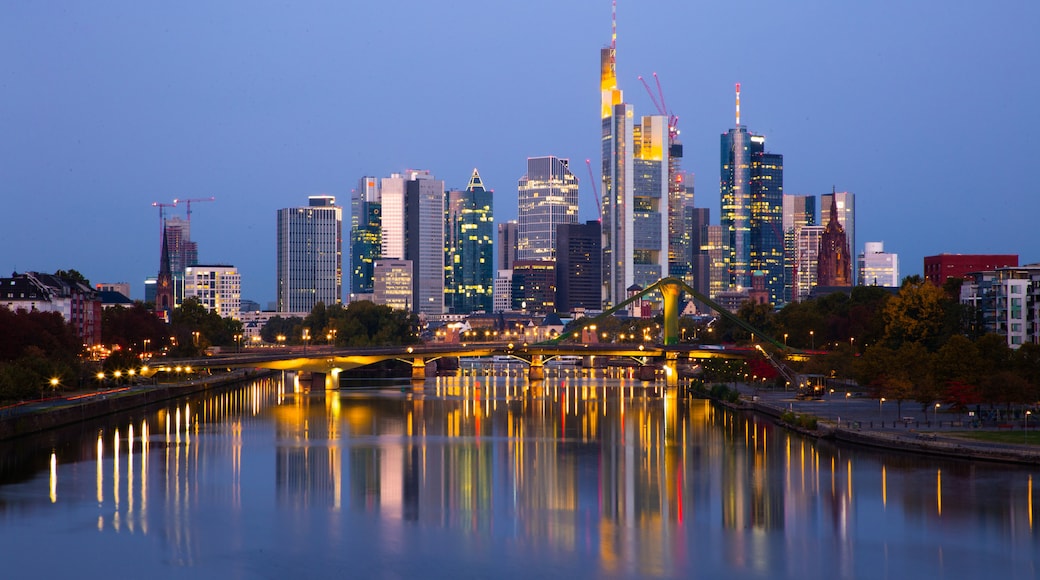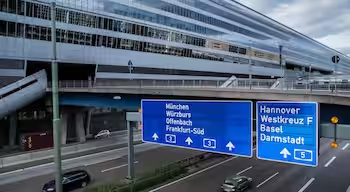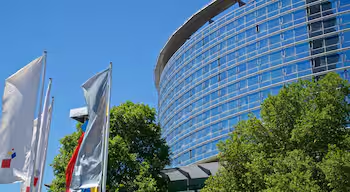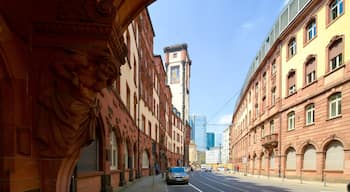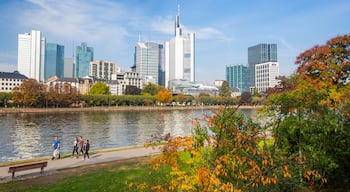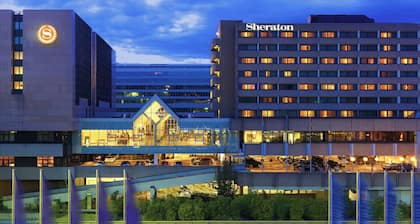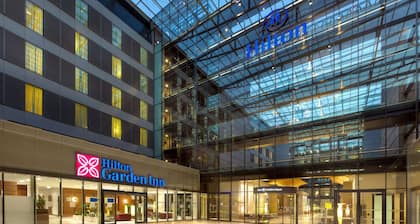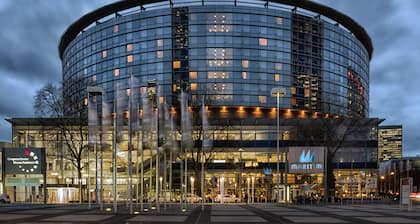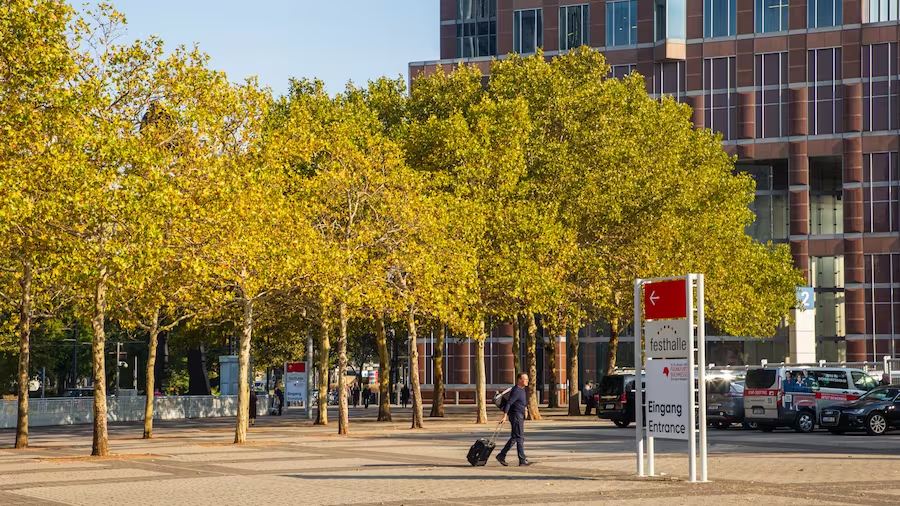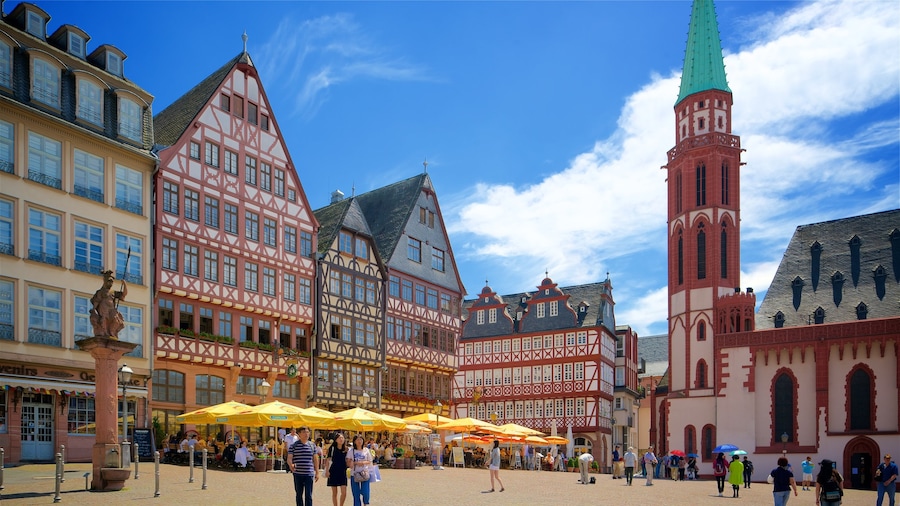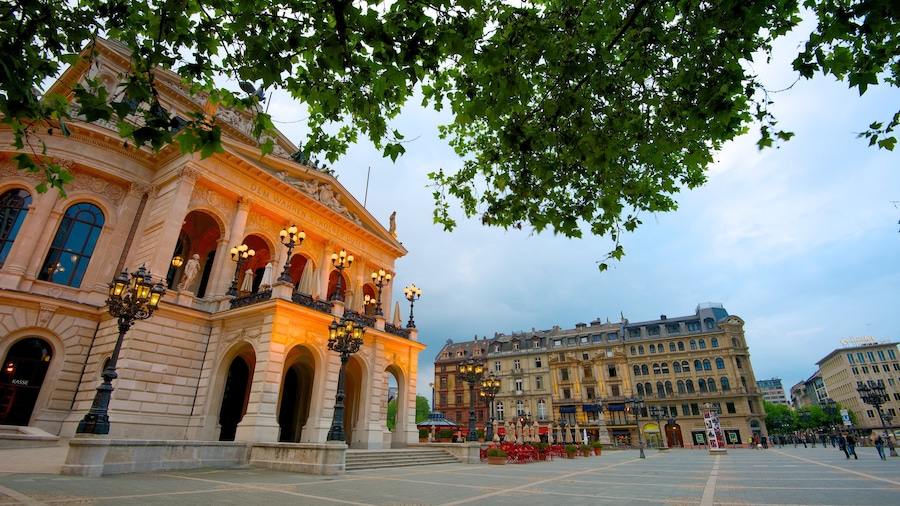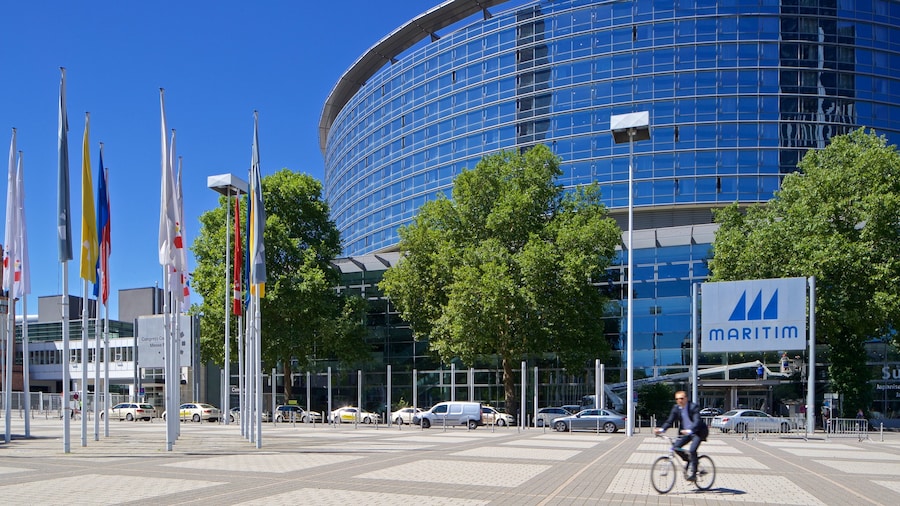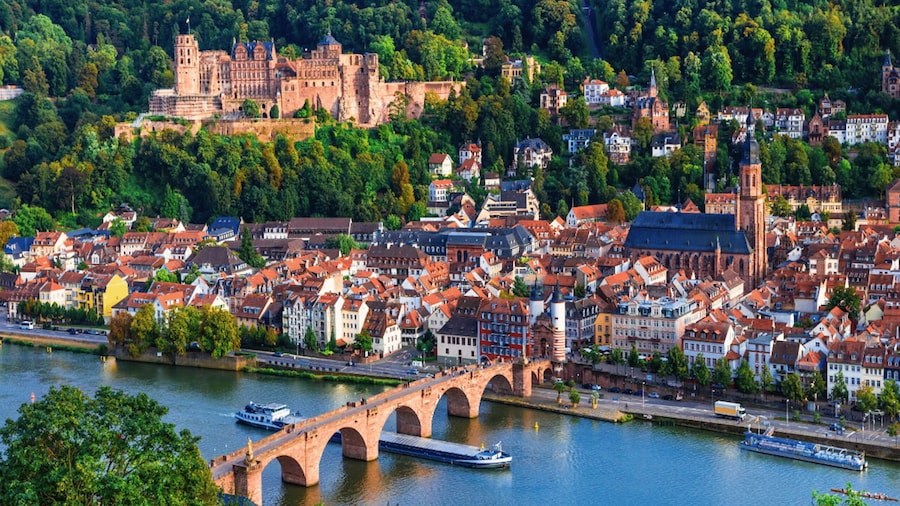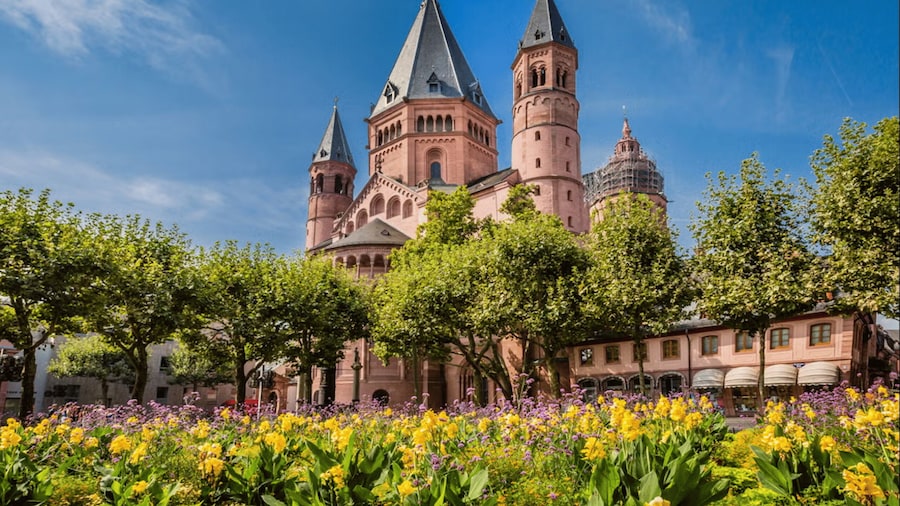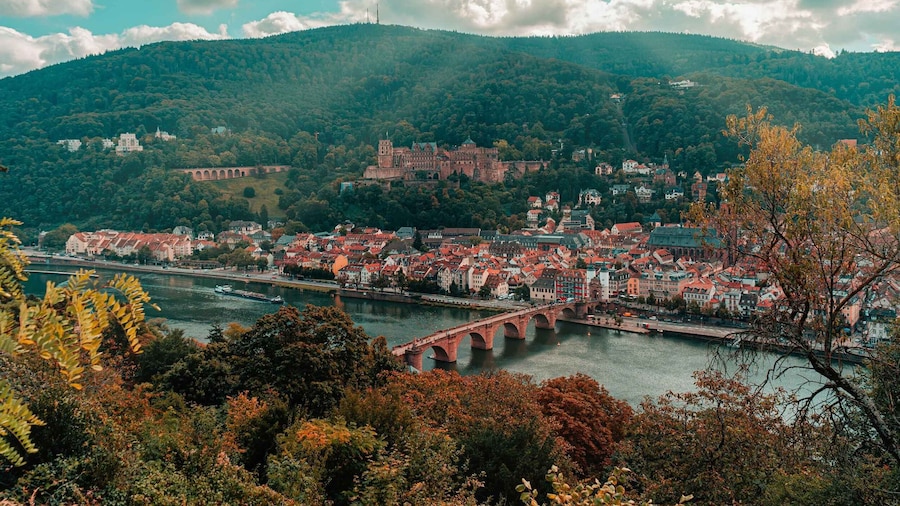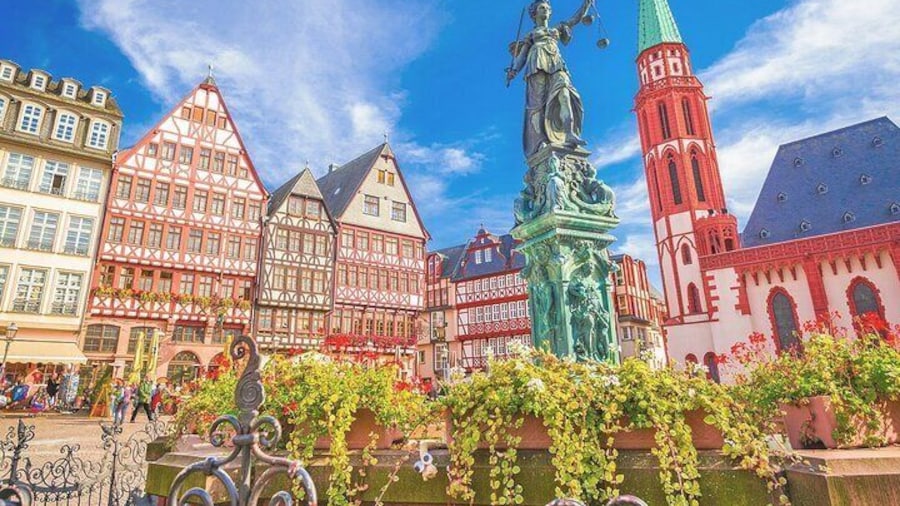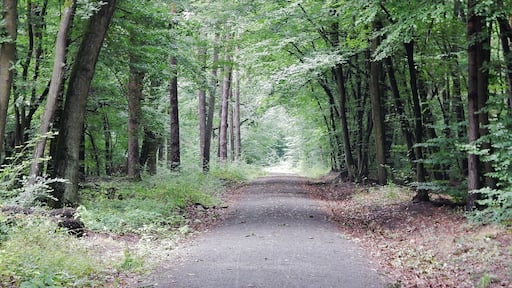The town isn’t only famous for its modern, toweringbuildings if you visit the Old Town, you'll get an idea of how Frankfurtlooked like before it became the financial capital of the European Union.Although much of the city was destroyed by Allied bombing during World War II,many of the buildings were saved in the Altstadt (or, more accurately, rebuilt).The Römer, which since the 15th century has been the town hall of Frankfurt,consists of three town houses with a stepped gable. Towering above them is thegothic bell tower of the old FrankfurtCathedral, which is quite a sight to behold.
Frankfurt has manyworld-class museums and more than 10 of these are in Museumsufer (MuseumEmbankment), an area along the south side of the Main in the Sachsenhausendistrict. Among these museums are the German Architecture Museum, the NaturalHistory Museum Senckenberg and the Städel, which holds an impressive collectionof art spanning more than 700 years. On the other side of the river you'll findthe Museum of Modern Art with one of the best collections of post-war andcontemporary art in the world.
Besides the German clichés of 'Bier und Bratwurst"Frankfurt has its own culinary specialties. Try Handkäse mit Musik, apiece of sour cheese served with onions, or Grüne Soße, a spicy green saucethat is usually served with eggs and potatoes. Wash this all down with thelocal Ebbelwoi, cider. In Sachsenhausen you'll find plenty of traditional barsand restaurants where you can savor Frankfurtspecialties.
Frankfurt has one ofthe most extensive subway systems in the world. With the combination of U-Bahnand S-Bahn, public transport covers virtually the entire city and surroundingareas. If you come to Frankfurt by car, it’sadvisable to park at a station on the outskirts of the city and from there takethe train as the parking garages in the city fill up quick.
